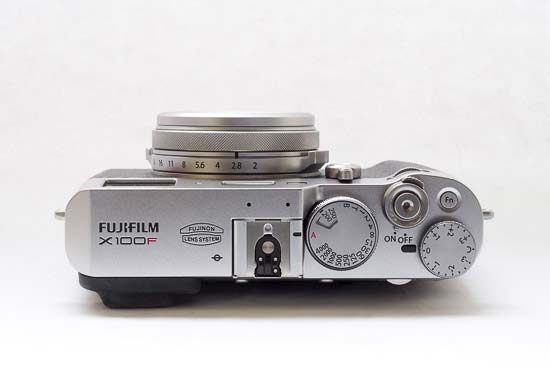


This has a modest 2-megapixel increase in resolution over the previous model, but the chief advantage is a big improvement to the autofocus system, faster processing speeds and the 4K video capabilities. Inside, the X100V now has Fujifilm’s latest 26.1-megapixel APS-C X-Trans 4 back-illuminated sensor. (Fujifilm says that making the lens weather resistant too would have made it too bulky for this camera’s slim design.) We’re told that the camera is largely weather-resistant already, and it’s just the lens needs the extra protection. It’s also possible to attach an optional AR-X100 adapter ring and the PRF-49 protection filter to make the camera weather-resistant. You can’t change lenses on this camera, but you can use Fujifilm’s optional WCL-X100 II wide conversion lens to get a 28mm equivalent focal length, or the TCL-X100 II tele-conversion lens for 50mm equivalent. Fujifilm acknowledges that the original 23mm f/2 lens needed an update to do justice to the latest sensors, and says the new lens offers better resolution and lower distortion. There are several new features on the X100V, so let’s start with the lens. (Image credit: Rod Lawton/Digital Camera World) (opens in new tab) Key features

It even has an external ISO dial to go with them.Ī key feature on the new X100V is the rear touchscreen display which can now be tilted. The X100V has Fujifilm’s unique hybrid optical/electronic viewfinder which you can switch between with a lever on the front, and external shutter speed and lens aperture dials straight from the ‘old days’ of film cameras.


 0 kommentar(er)
0 kommentar(er)
